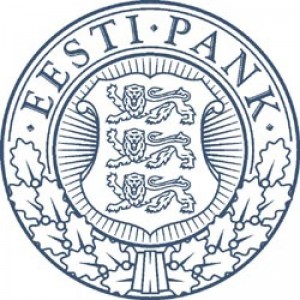 Both seasonally adjusted quarterly wage growth and average annual wage growth were faster than in the second quarter
Both seasonally adjusted quarterly wage growth and average annual wage growth were faster than in the second quarter- Wages in accommodation and catering rose by 16.9%
Data from Statistics Estonia show that the average gross monthly wage was up 6.9% over the year in the third quarter of 2015, and the gross hourly wage was up by 6.6%. Both seasonally adjusted quarterly wage growth and average annual wage growth were faster than in the second quarter.
Data from the wage survey showed there were 2.4% fewer full-time equivalent employees in the third quarter than a year previously, but the labour force survey found that employment increased at the same time by more than 4%. Even given that part-time work is more common than before, the difference between the two findings is still large. Part of the explanation for the gap can be that survey-based estimates inevitably contain some inaccuracy, while another reason may be that the share of people getting a declared wage may have shrunk slightly again.
Wages rose faster than the average in the third quarter in services in the private sector. Particularly noticeable was the rise of 16.9% in wages in accommodation and catering. It is probable that the average wage in this industry rose because the number of low-paid jobs there was reduced.
Wage growth also picked up further in the public sector, climbing to 9.6% in education and 8.3% in healthcare. The average wage in healthcare in the third quarter of 2015 was 104.7% of the national average wage, a figure that has climbed 3.7 percentage points in the past two years. A key role in those wages rising faster than those elsewhere in the economy has been played by collective pay agreements. The average wage in education in the third quarter of 2015 was 88% of the national average wage, a figure that has climbed by a quite substantial four percentage points in the past two years. The average wage of a school teacher working full time in the first quarter of 2015 was 100% of the Estonian average wage according to wage analysis by the Ministry of Education, and the minster has said that the target is to raise this to 120%.
The flash estimate from Statistics Estonia finds GDP growth in the third quarter of 2015 slowing to just 0.5% over the year. The key indicators for the labour market have not yet shown any sign of the deterioration in GDP growth. Despite the lower incomes from exports in the industrial sector and the difficulties in several sectors stemming from the external environment, staff have tended to be paid more, and this has led wage offers to rise. Wages have probably been able to rise because of the financial buffers built up in earlier years and the very favourable interest rates.
Orsolya Soosaar
Economist at Eesti Pank












